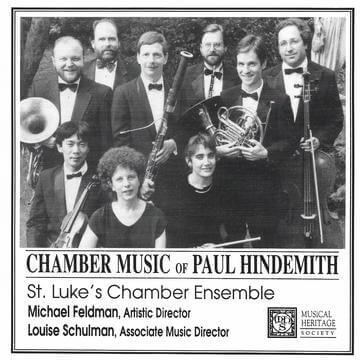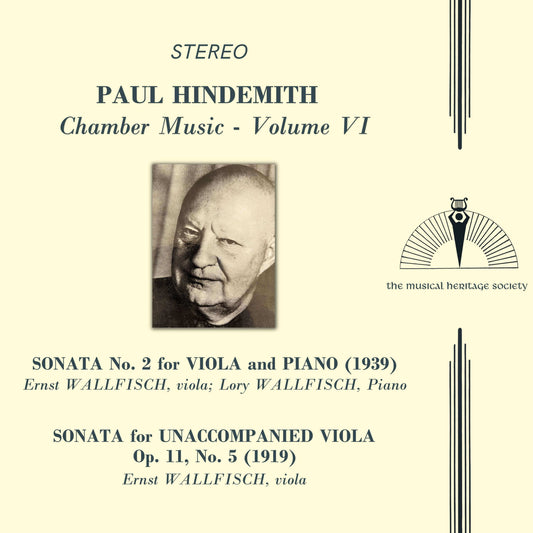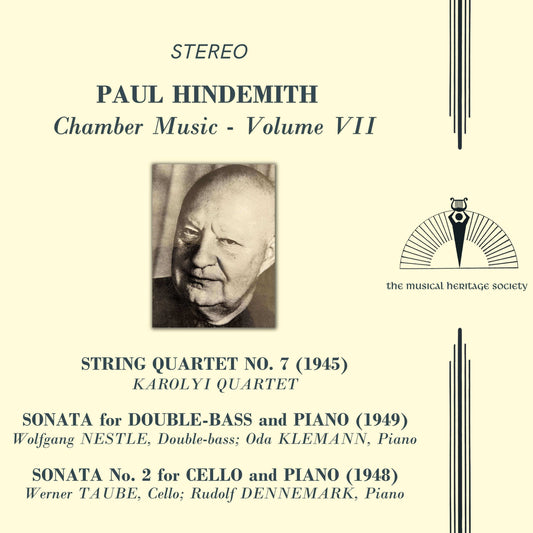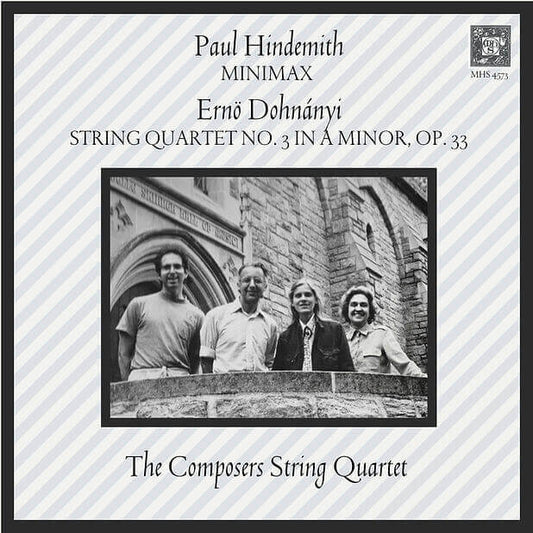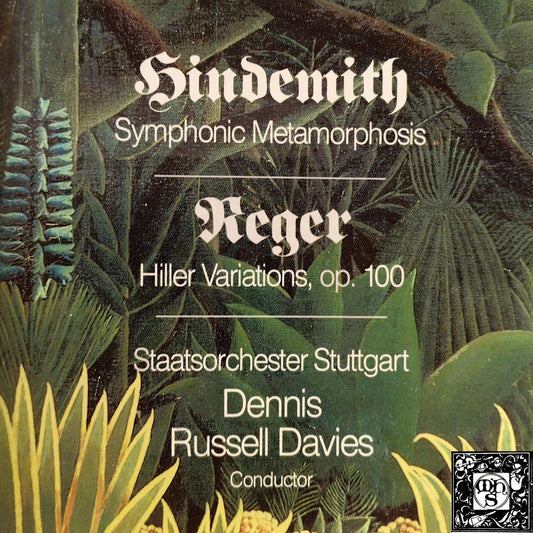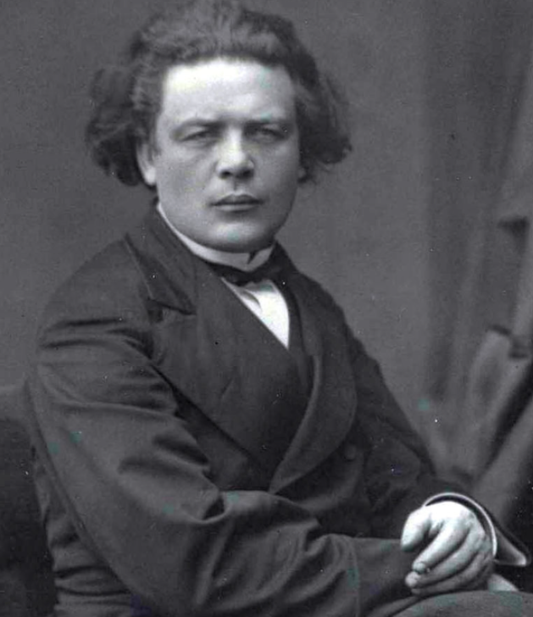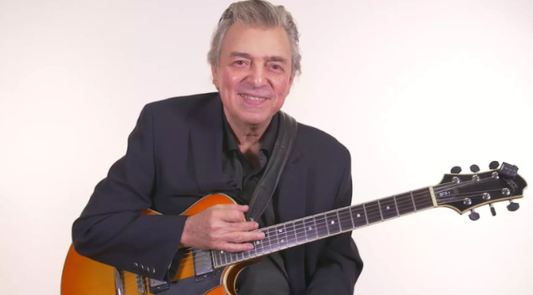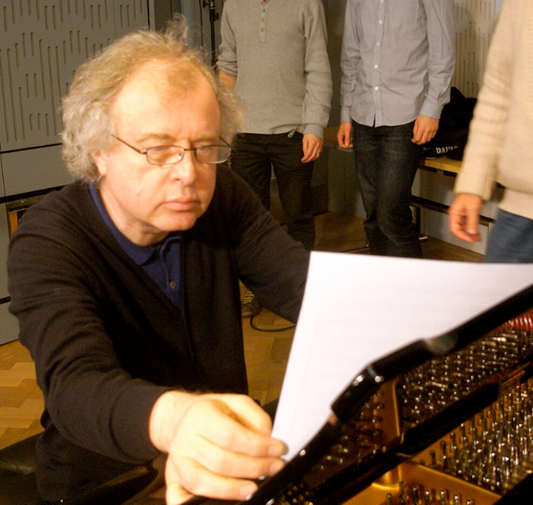Collection: PAUL HINDEMITH (1895-1963)
Paul Hindemith (1895-1963) was a towering figure in 20th-century music: a prolific German composer, influential theorist, esteemed teacher, accomplished violist, and conductor. His career spanned dramatic shifts in musical style and turbulent political times, leading him from the forefront of the German avant-garde to a vital role shaping musical life and education in the United States and beyond. Known for his technical mastery and pragmatic approach, Hindemith sought to bridge the gap between composer and listener, tradition and modernity.
Born in Hanau, Germany, Hindemith received violin lessons as a child and later studied violin, conducting, and composition at Dr. Hoch's Konservatorium in Frankfurt. He supported himself early on by playing in diverse settings like cafes and dance bands. By 1915, he was concertmaster of the Frankfurt Opera Orchestra, already demonstrating exceptional musicianship. He also served in the German army during World War I.
In the 1920s, Hindemith emerged as a leading voice of his generation. Initially influenced by late Romanticism and Expressionism, he became a key proponent of Neue Sachlichkeit (New Objectivity), a movement reacting against excessive subjectivity, favoring instead clarity, practicality, and craftsmanship. This period saw the creation of provocative early operas like Sancta Susanna and the influential Kammermusik series (1922-1927), chamber concertos often invoking a neo-Bachian spirit. A virtuoso violist, Hindemith founded the renowned Amar Quartet in 1921, touring extensively and premiering many contemporary works, including his own.
Hindemith also championed the concept of Gebrauchsmusik, or "utility music." He believed composers had a responsibility to create functional, well-crafted music for specific social needs and occasions, including works for amateurs, students, radio, and film, rather than composing solely for the concert hall elite. Examples range from pedagogical works like Wir bauen eine Stadt ("We Build a Town") for children to the poignant Trauermusik ("Funeral Music") for viola and strings, written overnight in London upon the death of King George V in 1936.
His relationship with the rising Nazi regime was complex. While initially viewed by some officials as a major German talent, his modernist leanings, past collaborations with Jewish musicians (like Emanuel Feuermann and Simon Goldberg) and Bertolt Brecht, his wife's Jewish heritage, and the perceived "cultural Bolshevism" of some early works made him a target. The pivotal moment came with his opera Mathis der Maler (1933-35), based on the life of the painter Matthias Grünewald grappling with the artist's role in society during the Peasants' War. Though the Mathis der Maler Symphony, derived from the opera, was successfully premiered by Wilhelm Furtwängler in 1934, the opera itself was banned in Germany. Furtwängler's public defense of Hindemith led to Propaganda Minister Joseph Goebbels denouncing the composer as an "atonal noise-maker" and "spiritual non-Aryan," effectively ending his career within Germany.
Hindemith emigrated, first assisting in establishing a music education system in Turkey (1935-37), then moving to Switzerland in 1938, and finally settling in the United States in 1940. He became a highly influential professor at Yale University (1940-53), profoundly shaping American musical education and counting composers like Lukas Foss and Norman Dello Joio among his students. He became a US citizen in 1946. His American years were highly productive, yielding masterpieces like the Symphonic Metamorphosis of Themes by Carl Maria von Weber (1943), the ballet The Four Temperaments (1940), the piano cycle Ludus Tonalis (1942), the Symphony in E-flat (1940), Cello Concerto (1940), and the powerful choral work based on Walt Whitman, When Lilacs Last in the Dooryard Bloom'd (1946).
Central to Hindemith's work was his theoretical system, outlined in The Craft of Musical Composition (1937-39). Opposing Schoenberg's 12-tone system, Hindemith developed his own method based on the acoustic properties of intervals and chords, expanding tonality rather than abandoning it. His system ranks intervals by consonance/dissonance and establishes harmonic relationships based on these acoustic principles, aiming for a logical, tonally centered, yet chromatically free language. He famously composed sonatas for nearly every standard orchestral instrument, greatly enriching their repertoires.
In 1953, Hindemith returned to Europe, teaching at the University of Zürich until 1957 and focusing increasingly on conducting and recording his own works. Though his influence on the avant-garde waned in his later years, his vast output, theoretical contributions, and impact as a performer and educator solidify his legacy as a versatile master craftsman who revitalized tonality and championed the practical role of music in modern society. He died in Frankfurt in 1963.

